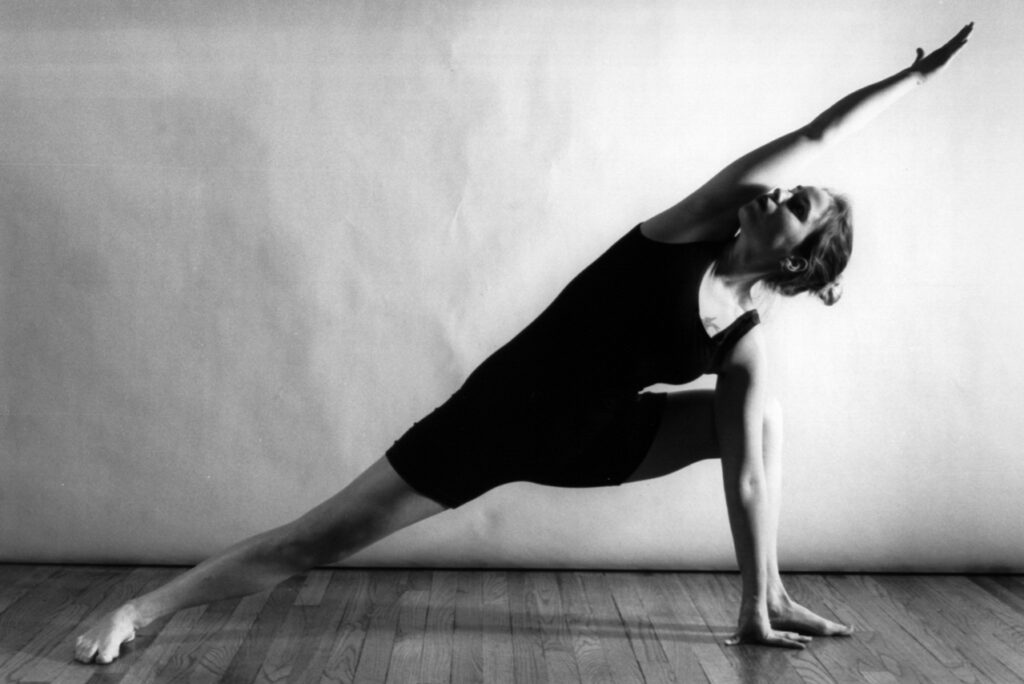Preventing Injury in Yoga: Essential Safety Tips

Photo courtesy freeimages.com/Aaron Neifer
by Laura Cipullo and the Laura Cipullo Whole Nutrition Services Team
A study recently came out that said yoga injuries are increasing, especially among the elderly, but that they are still “relatively rare.” However, with the ever-increasing popularity of yoga, you need to know how to stay safe and prevent yourself from overdoing it.
Yogis, here are some guidelines that are especially relevant if you are an avid yogi attaching too much ego to your practice or a beginner who may be full of enthusiasm. There is great potential for injury if you do not respect your mind and body.
First of all, understand ego can contribute to injury. While yoga is supposed to be a non-competitive practice, many do not realize their body functions differently on a daily basis. You may be able to do a headstand one day, yet the next day you feel off-balance. This makes sense as sleep, stress and even your food changes daily. Expect your practice to change daily too.
In addition, yoga may feel competitive because of your own stuff. Well, it is your own stuff. No one is judging your skills and if they are, why not show them how each day your practice is different? The goal is to be compassionate and kind to your mind, body and your fellow yogis. The teacher guides you to be your best for that moment and that may mean resting in corpse pose before everyone else does.
Your body, your energy and your stress change day to day, so expect your experience and physical poses to change as well. Be accepting of what your body can achieve in this moment — whatever that achievement is. One day you may be able to do one pose while another day you may not be able to. In yoga, it’s all good! Showing off for yourself or others can lead to you twisting an ankle, overstretching a muscle or inflaming an old injury.
Second, keep in mind that a warm-up is essential as temperature can really affect your muscles. Some studios are really cold while others are really hot. Our body is tense and contracts when cold. If you start your practice of asanas without warming the body, you are likely to overstretch or pull a muscle. In ashtanga, there is a very specific flow to the class — helping to first warm up the spine and hips while building heat before beginning all of the standing and sitting poses. Ask your instructor to explain the flow of your class. If the class doesn’t include a time to warm up the body, go at your pace and create your own warm-up.
If you are injured, do the responsible thing and take the day off. Many people head to yoga when they have injuries because they think it will help the injury or they feel obligated, almost “addicted” to yoga. Ask yourself, “It is better for my mind and body to be absent from yoga class or will it help?” Consider going to a yin or restorative class. Perhaps meditate instead of engaging in the physical practice of yoga.
Yoga Journal is one of my favorite magazines and they published an excellent article about how to avoid injury and why injuries occur in yoga.
I encourage you to read the whole thing, but here is one suggestion from the piece: Larry Payne, PhD, was quoted as saying that “the most common posture to cause injuries—especially in people over 40—is Salamba Sarvangasana (Shoulderstand).” The Half Shoulderstand is recommended instead for beginners and those over 40.
Understand that you may, for whatever reason — illness, age or injury — require modifications to traditional poses or may have to avoid certain poses altogether. Yoga Journal offers poses that are not suggested when you have asthma, back injury, carpal tunnel syndrome, heart problems or more, and modifications. You can refer to that article when needed at: https://www.yogajournal.com/category/contraindications-modifications/
Rather than considering this as “being limited” by your body’s unique requirements, reframe to a positive — a positive of working with your present state to achieve the balanced yoga experience for your mind and body, on and off of the mat. Your physical practice can be as customized or curated as you need it to be. Have a knee injury? You may need to avoid headstands, shoulderstands, lotus pose or frog pose for now. These can over stretch the knee. Instead find poses that feel good during and after your class.
As Economic Times reported (in the study I referenced in that first paragraph), being careful is always wise, as is respecting and understanding your limits, especially if you are a senior citizen. Getting input from a registered yoga teacher is key but listening to your own body is even more important. Whether I am your teacher or someone else, aim to move to the sensations of your body rather than achieving a perfect pose and recognize using your breath will help you get into a pose more than pushing yourself. If you are a steadfast yogi at one studio, practice at a new and different studio with a different instructor to learn different poses and different ways to move into the poses. Look for yoga instructors who also have expertise as physical therapists or massage therapists, or a greater understanding of the body.
Most important is to leave ego at the door, respect your mind and body and use your breath. I did my yoga training at LifePower Yoga. Two books I highly recommend from my training for any yogi to better understand the poses are Ashtanga Yoga by David Swenson and Power Yoga by Beryl Bender Birch.
Download our app for easy scheduling!







